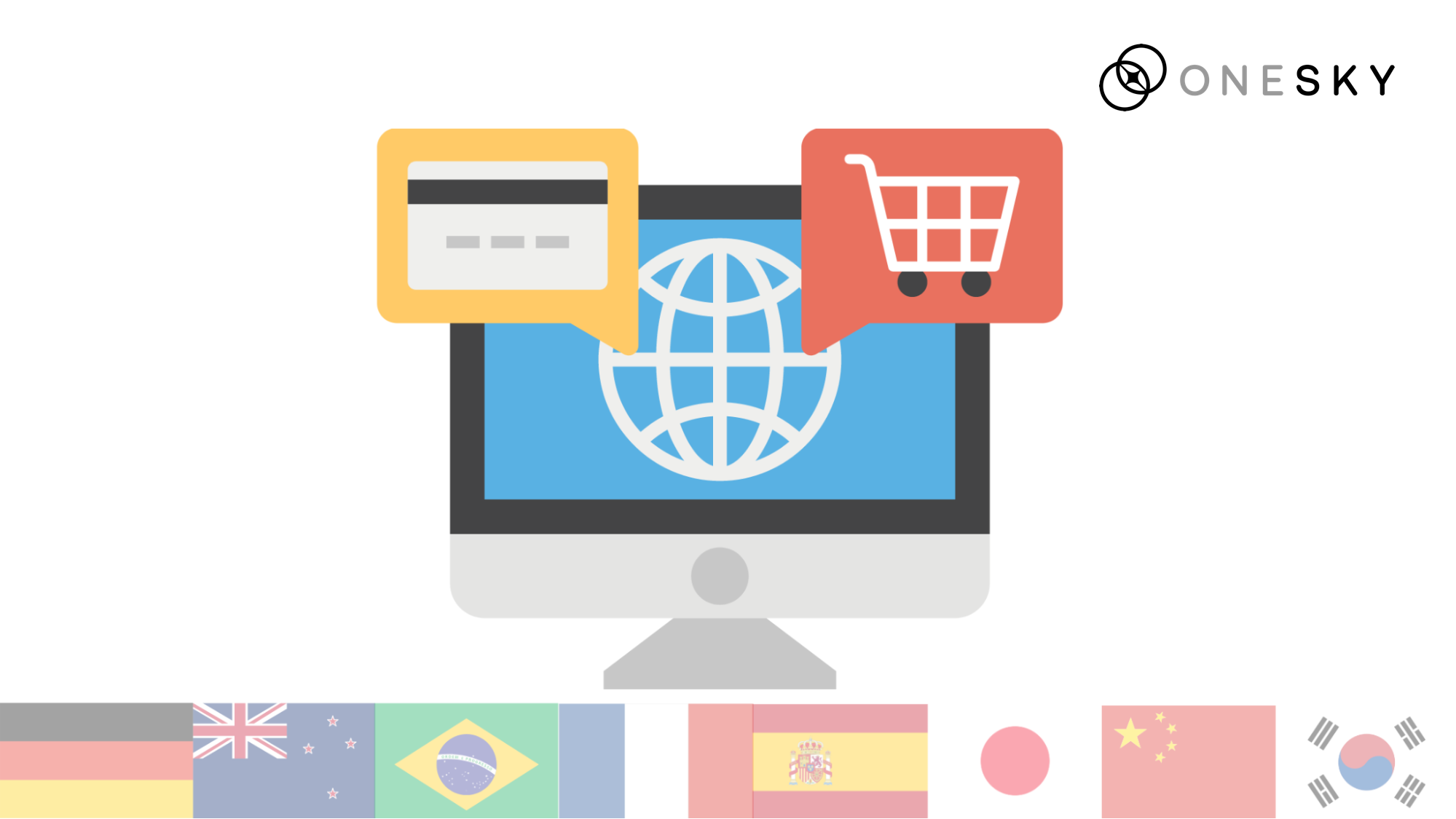Why Did Facebook Change Its Thumb Icon?
Facebook’s thumb has disappeared on websites
As you may have noticed, the iconic Facebook thumb icon has made an exit. Facebook’s Like and Share buttons, seen more than 22 billion times every day and embedded on 7.5 million websites are now getting their first ever redesign.
The new Like button features the Facebook “f” logo instead of a thumb. It is white on blue, rather than blue on white. The same is true for the new share button, which replaces Facebook’s Send button.
The reason for the redesign, according to Facebook developers, is to optimize the new design for high-resolution screens. But that’s probably not the full story.
Another Reason to Replace the Thumb: Cross-Cultural Confusion
Apart from Facebook’s stated motives for the redesign, there are also some compelling reasons for a redesign from a localization perspective. As a general rule, a single gesture may have very different connotations in different cultures. And while the thumbs-up signal is common in the United States and many other countries, it may be seen as inappropriate in some places. Facebook’s users come from more than 70 countries, so it’s important for Facebook to ensure the cross-cultural appropriateness of its content.
A “thumbs-up” can have multiple meanings
While a thumbs-up sign is a positive signal in North America, it can be used to insult someone in West Africa, South America, Iran, and the Italian island of Sardinia. In Iran, it is traditionally an obscene gesture, equivalent to the use of the middle finger in the Western world.
A survey conducted by Desmond Morris, Peter Collett, Peter Marsh and Marie O’Shaughnessy reveals how the meanings of “thumbs-up” are interpreted based on 1,200 informants from 40 different locations from all over the world. The results are as follows:
|
Thumbs-up meanings |
Frequencies |
|
O. K. |
738 |
|
The Number One |
40 |
|
Sexual Insult |
36 |
|
Hitch-hiking |
30 |
|
Directional |
14 |
|
Other |
24 |
|
Not Used |
318 |
A raised thumb can also have numerical meanings. For example, the thumbs-up sign is used to represent the number one in Germany and Hungary; in Japan, it represents the number five.
Other examples: the okay gesture
The meanings of many other gestures can vary across cultures—something that developers of global apps have to keep in mind. Take the okay sign, made by forming a circle with the thumb and index finger. In Brazil, Germany, Russia, and many other countries around the world, that gesture is sexually offensive. The sign may mean “okay” in the United States, but in Japan it means “money,” and it is commonly used to signify “zero” in France. Clearly it is not okay to use in many parts of the world.
Localization is Crucial for Global User Experience
Drawing on the Facebook thumb example, it should be clear that understanding cross-cultural meanings is crucial to building a cross-cultural product. Culturally inappropriate material in some regions can hurt your business, often in ways that the developers would never imagine. For instance, Pepsi lost its dominant market share to Coke in Southeast Asia when it changed the color of its vending machines and coolers from deep blue to light blue, a color that’s associated in that region with death and mourning.
Deliberate research about local cultures and customs is crucial to localization success. Fortunately, there are some valuable resources that can help you learn more about local cultures. Kwintessential, for instance, provide comprehensive country profiles that cover cultures around the world. You can learn about the core values of the target culture and pick up some useful examples of local business etiquette.
You can also make use of crowd power by posting questions on popular Q&A sites. On websites such as Quora, there are always knowledgeable members who are eager to answer any question, on topics that range from astronomy to grocery stores. Put up a question about local customs, and you can have some insider perspective just a few days later.
Don’t accidentally insult your global clients when you launch in a new market! Subscribe to our newsletter to learn the best resources on going global.


 Written by -
Written by - 




 Written by
Written by 



1 Response
[…] Reference : OneSky Blog […]